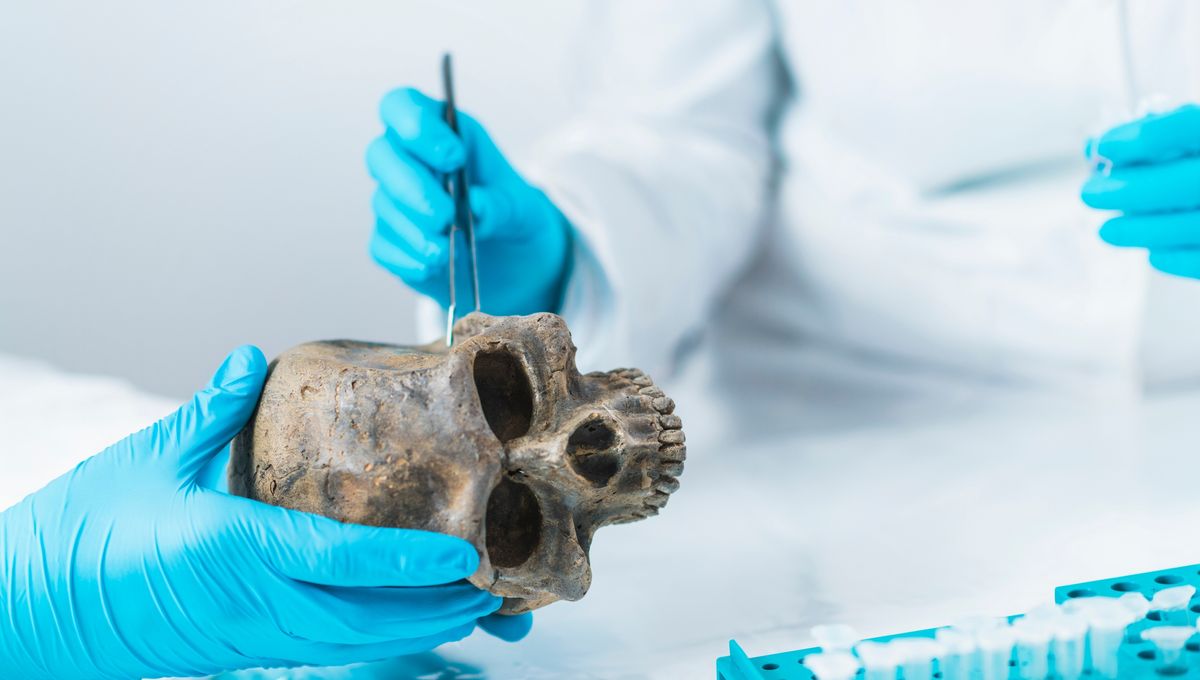
For thousands of years, humans lived, worked, and grew kingdoms across an area called the “Southern Arc”, spanning southeastern Europe and Western Asia – and it is thought to be the “Cradle of Western Civilisation”. Now, scientists have created a complex population history timeline of the area from the earliest farming cultures to post-medieval times, by sequencing the ancient DNA from 777 humans.
We know through historical accounts (i.e., word of mouth, text, and art) of the human populations and people that lived in the Southern Arc, however, the story is never completely accurate – have you ever heard of “History is Written by Victors”? However, thanks to archaeology, paleobiology, and DNA sequencing more accurate historical timelines can be created. The research team has published three studies detailing the results in the journal Science.
These studies were a colossal task and very challenging research. “It was an amazing achievement to coordinate the work of more than 200 co-authors from many countries, especially since much of this work took place during the COVID pandemic. Analyzing all this data and making sense of it took the expertise of multiple disciplines.” Dr Iosif Lazaridis, first author of the three papers, told IFLScience.
The team investigated the ancient DNA remains of 777 humans to build the genomic history from the Neolithic (~10,000 BCE) to the Ottoman period (~1700 CE). This is a task that only a few decades ago would have been considered impossible.
“Working in these studies have made me appreciate even more how connected past populations were.” Lazaridis said.
Overall: “Linguistics gave us a clue already that people of Anatolia and Europe were related by language, but we can now have for the first time a near complete picture of how this came to be. As people spread from the highlands of West Asia, around the Caucasus mountains into both Anatolia in the west and the steppe to the north, and then from the steppe down to the Balkans and back into Armenia. Every known Indo-European language can now be linked through a chain of migrations to a common source around 6,000 years ago.” Said Lazaridis.
It is also no surprise that out of the enormous amount of data generated from this study resulted in three publications.
More specifically, the first study (titled: “The genetic history of the Southern Arc: a bridge between West Asia and Europe,”) looked at datasets from 5000 to 1000 BCE. This study found large genetic exchanges between Eurasian Steppe and the Southern Arc. It also provides insights into the Yamnaya steppe pastoralists and the possible origin of Indo-European language.
The second study (titled: “Ancient DNA from Mesopotamia suggests distinct Pre-Pottery and Pottery Neolithic migrations into Anatolia,”) explored ancient DNA from the Neolithic revolution epicenter, suggesting that the Neolithic Anatolia may be associated with migration from the Fertile Crescent heartland in two pulses.
The third study (titled: “A genetic probe into the ancient and medieval history of Southern Europe and West Asia,”) looked at populations such as the Romans, Urartians, and the Myceneans that have not been well understood previously, despite this being a period of recorded history.
In regards to the future: “We now have a framework to study the origins of people of the Southern Arc across time. The Genetic data show a pattern of migration and admixture but this needs to be explained: why did people move and why did some of their languages become so successful?” Said Lazaridis.
Arbuckle and Schwandt wrote a perspective on these three studies, “The studies by Lazaridis et al. represent an important milestone for ancient genomic research, providing a rich dataset and diverse observations that will drive the next iteration of interpretations of the human history of West Eurasia,”.
However, caution should be given that whilst an astounding dataset has been produced, there are always interpretation challenges and limitations, as the narrative explored in the studies showcases a more Eurocentric worldview.
Source Link: Sequencing 777 Ancient Human Genomes Reveals History Of “Cradle Of Western Civilization”